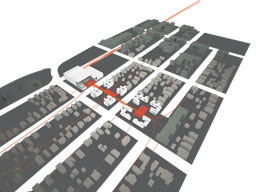
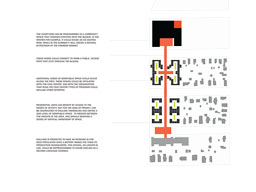
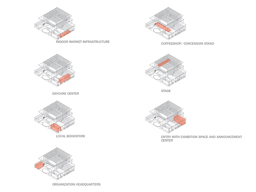

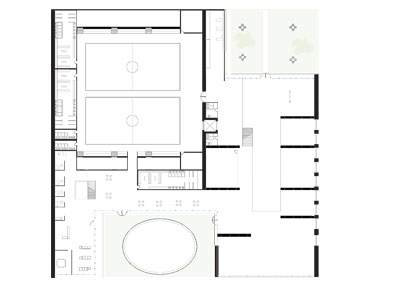
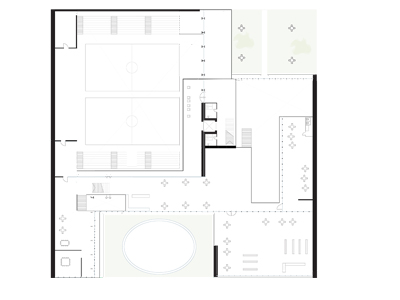

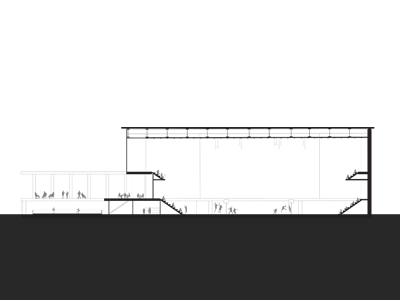
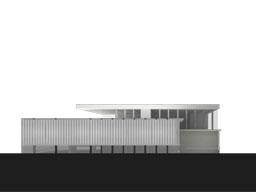
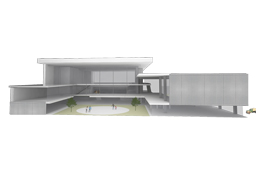
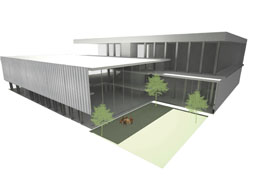
Lauren Vasey
An eventscape is an architectural type equipped to house a variety of events: concerts, sporting events, and performances. Its design privileges the general rather than the specific. Its identity is one of multiplicity: of catering to multiple event types and multiple populations. Its greatest attribute is that is its power to bring communities together, but its greatest predicament is that it only achieves this sense of community on the days of its sporadic use.
In order for the civic center to act as a destination without specific cause, and to be vibrant every day, it must host a permanent program in addition to its impermanent one. The event and its opposite [the every day] must merge programmatically. The question becomes what kind of everyday program is appropriate for a medium to large public building, and who does this program benefit.
The particular site of the civic center is unique in that it straddles a residential district and a downtown district. The site is one of transition between axes: the axis of the 8th street and the potential southern axis. Though the area is undeveloped now, the building could act as a southern gateway through which residents could access downtown. The program of the building should thus be targeted specifically for this community. The following are programmatic interventions that serve this purpose.
Exhibition space: For local artists, or even local classes to display work, acting as both advertising and a community showcase. Located in the lobby.
Small book store: Displays local artistsí work, books specific to place.
Announcement center: A place for free advertising or for announcing local events and local services.
Coffee shop/concession stand: A coffee shop where parents can get work done while their children play at the civic center.
Non-profit organization or governmentally -run organization: Buildings donít program themselves. They need users that understand the potential for cultural events. This organization needs office space, meeting spaces, and a lobby.
Child care center: The particular site condition of the building is one that straddles a residential area and a downtown. To alleviate dependancy on vehicles, parents living in these areas could drop their children off and then walk to work downtown.
Open exercise room: An area for dance and yoga types of exercise
Public locker room: A place for to change or shower given that the locker rooms for the players may be used during games.
Small food store: A small scale local food store.
Exterior courtyards:
A place for picnics, an extension of the farmers market.
Courtyard: A place for seasonal programming: an ice skating rink in the winter. Other sports or features in the summer.
Interior market infrastructure: The lowest floor on the east side of the building opens so that it can hold the market on cold days, or remain open and become an extension of the market on warm days.